Discover our Museum
Explore nearly four centuries of Jewish life in Curaçao through one of the island’s most engaging cultural attractions. The Jewish Museum Curaçao is more than a collection of artifacts—it’s a vibrant, family-friendly space where heritage, history, and living culture come together in one unforgettable experience. It’s a must-see destination for history lovers, cultural travelers, and families with children looking for meaningful things to do in Curaçao.
Community Roots
Follow the early stories of Curaçao’s Jewish community—from the first arrivals in 1651 to the foundations of religious, social, and economic life. Discover how a small group of settlers shaped the island’s future and left a lasting legacy. This is part of what makes the museum a highlight on Jewish heritage tours in the Caribbean and a top destination for Jewish travel and genealogy tourism.

The Snoa:
A Living Landmark

Step inside the Mikvé Israel-Emanuel Synagogue, lovingly known as the Snoa. Built in 1732 and still in active use, it’s the oldest synagogue in continuous operation in the Americas. With its iconic sand-covered floor and Sephardic architecture, the Snoa offers a profoundly moving connection to Jewish heritage in Curaçao. This is a highlight for visitors seeking historic landmarks and educational family experiences.
Collecting WW2 stories
This exhibition explores Jewish migration to the Caribbean and World War II history in Curaçao in personal, powerful ways: personal testimonies, family artifacts, and rare film clips illuminate Curaçao’s role during World War II. Discover how local efforts, global refugees, and island resilience came together in a chapter often left untold.
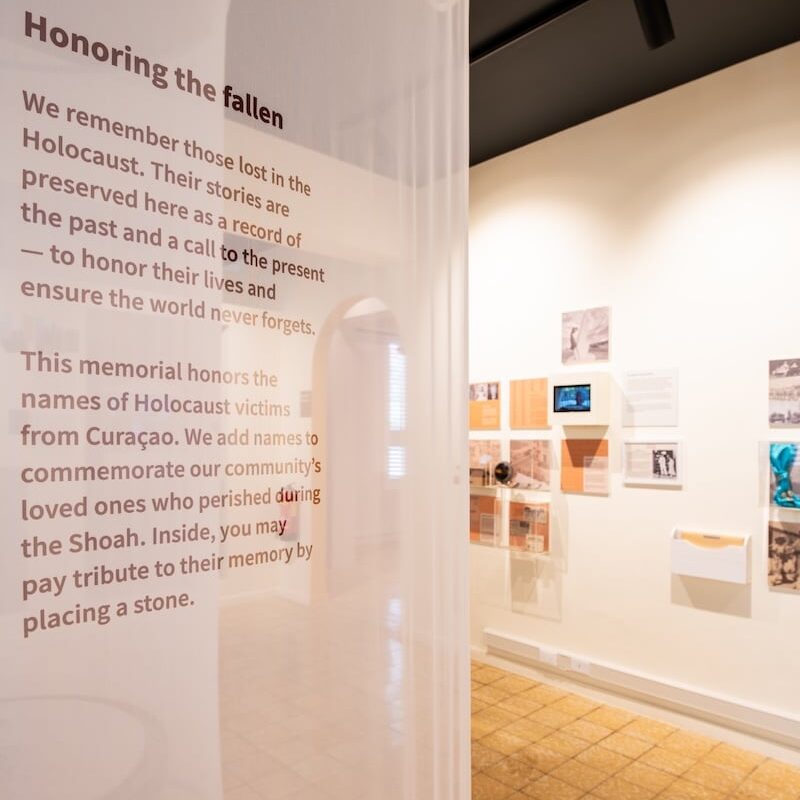
George Maduro:
Curaçao’s war hero
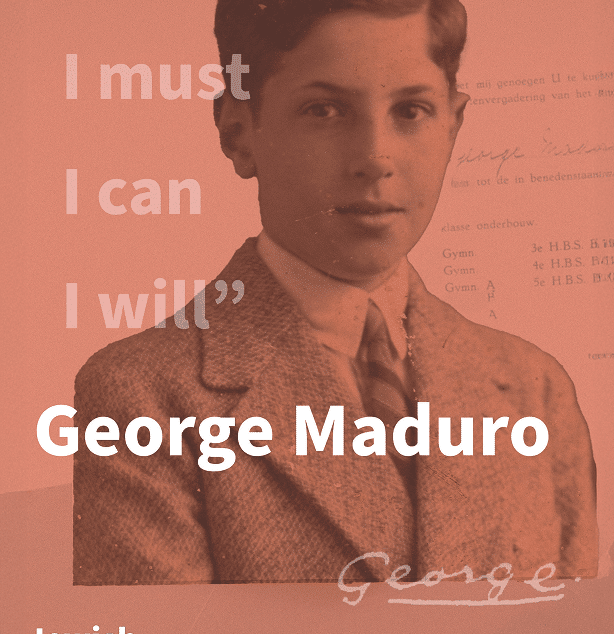
Meet George Maduro, born in Willemstad and remembered as a symbol of courage. Learn how this Curaçaoan Jewish hero fought in the Dutch resistance and gave his life during the Nazi occupation of Europe.
Anne Frank
and her legacy
Explore the global impact of Anne Frank’s story and how her legacy resonates in Curaçao. This exhibition ties universal themes of resilience and remembrance to the island’s own wartime narratives.
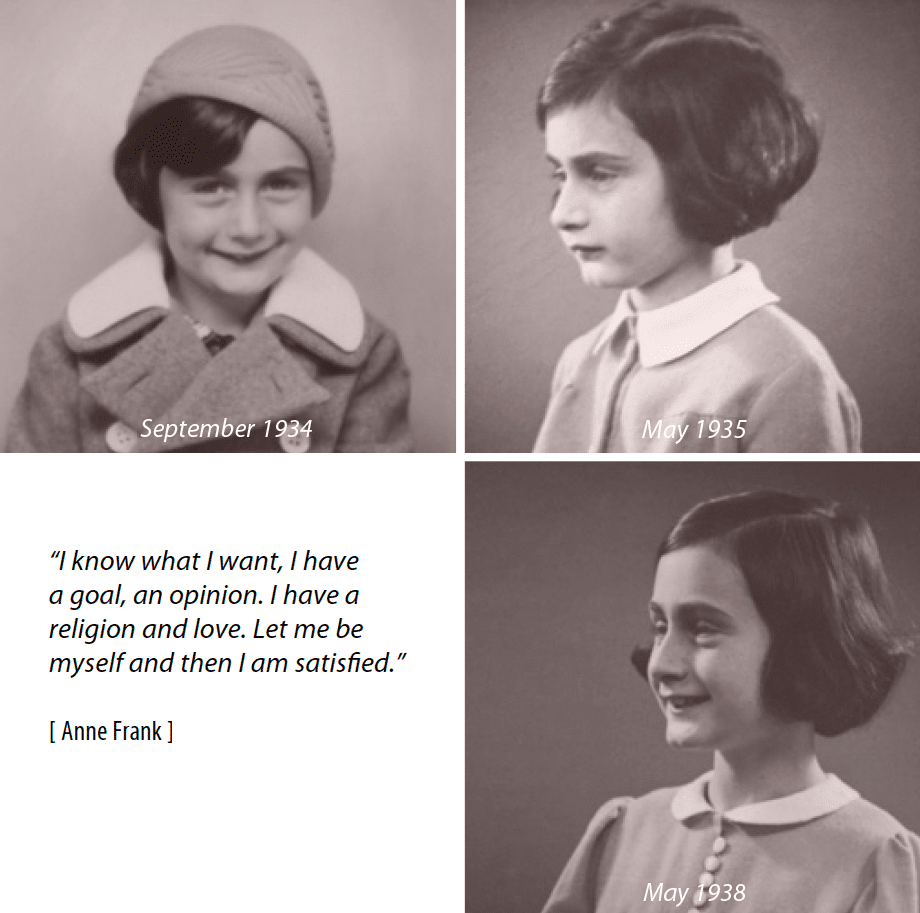
Buy your tickets online
Curaçao from the arrival of the first Jew in 1634 to the current Jewish communities on the island.
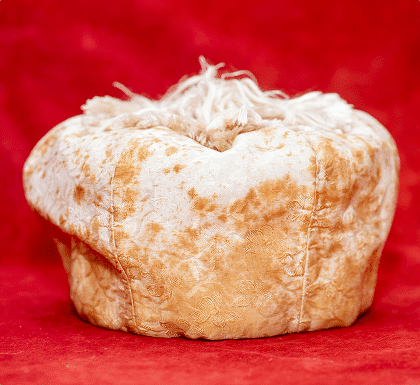
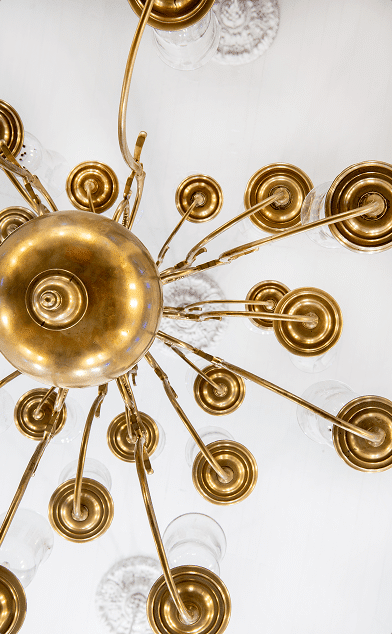
Our Collection
From ceremonial silver to handwritten letters, our collection reflects the personal and communal stories of Jewish life in Curaçao. Every object holds a connection to the past—and to a life once lived on the island. It is perfect for educators, students, and families looking to explore Jewish heritage through authentic artifacts.

